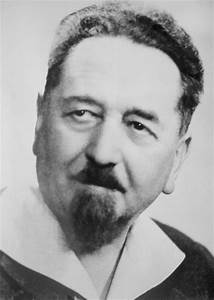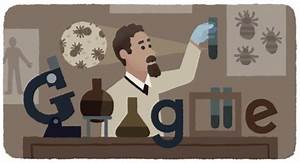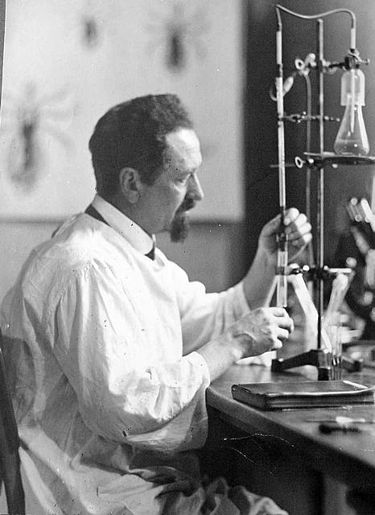With a doodle, Google commemorated the 138th birthday of Rudolf Weigl, a Polish inventor, doctor, and immunologist. He had developed the first-ever successful vaccination against epidemic typhus, one of the world’s oldest and most infectious diseases. In addition, the Google doodle depicts the Polish inventor with a test tube in his gloved hands, drawings of lice on the wall on one side and a human body on the other. On a lab table, the illustrator has spelt out Google with a microscope, beakers on bunsen burners, and test tubes in holders.

More About Rudolf Weigl:
To begin with, on September 2, 1883, Rudolf Weigl was born in Moravia to an Austrian family. His mother remarried a Pole, a high school professor, after his father died prematurely. Moreover, his stepfather was the one who instilled in him a love for Polish culture and customs. He graduated from the University of Lwów in 1907. He was drafted into the army during World War I, where he attempted to develop an efficient typhus vaccine — a sickness more dreadful than the enemy bullets that had already murdered millions of people. Weigl’s work paid off, as he created a highly efficient vaccine.
Despite his youth, he became a lecturer at his alma university after Poland won independence in 1920. Despite the fact that he lacked proper medical training (his PhD and postdoctoral thesis dealt with zoology and histology), he decided to build the Studies Institute of Epidemic Typhus and Viruses in Lwów, where he continued his research. To add to it, a novel approach of employing insect intestines for vaccine incubation was developed at the institute. This created the groundwork for the present concept of virus breeding.
Rudolf Weigl: Doodle:
Rudolf Weigl is depicted in the Google doodle holding his test tube in gloved hands, with lice in the backdrop and a human body poster. As well, in front of him are flasks with circular bottoms and conical tops in the shape of the Google logo.

Rudolf Weigl: Achievements:
He received two Nobel Prizes in recognition of his achievements. In 1942, Weigl was nominated for his creation of the typhus vaccine. However, he did not sign the Reichsliste, which enraged the Germans, who refused to nominate him that year.

Further, Rudolf Weigl was nominated for the Nobel Prize again in 1946, but the Polish government withdrew his nomination. He was named Righteous Among the Nations of the World in 2003, years after his death. This honor was bestowed upon him by Israel. Even Google wished him a happy 138th birthday with a Doodle this year.
Ending Note:
In conclusion, his groundbreaking research showed how to replicate the dangerous germs he has been researching for decades in the hopes of finding a vaccine. Rudolf Weigl’s vaccine successfully infected the first recipient in 1936. Also, thousands of people were spared thanks to his direct efforts to safeguard his neighbours and the thousands of vaccination doses supplied worldwide during this time. Rudolf Weigl is now universally regarded as a brilliant scientist and a hero. Two Nobel Prize nominations have been made in his honour.
